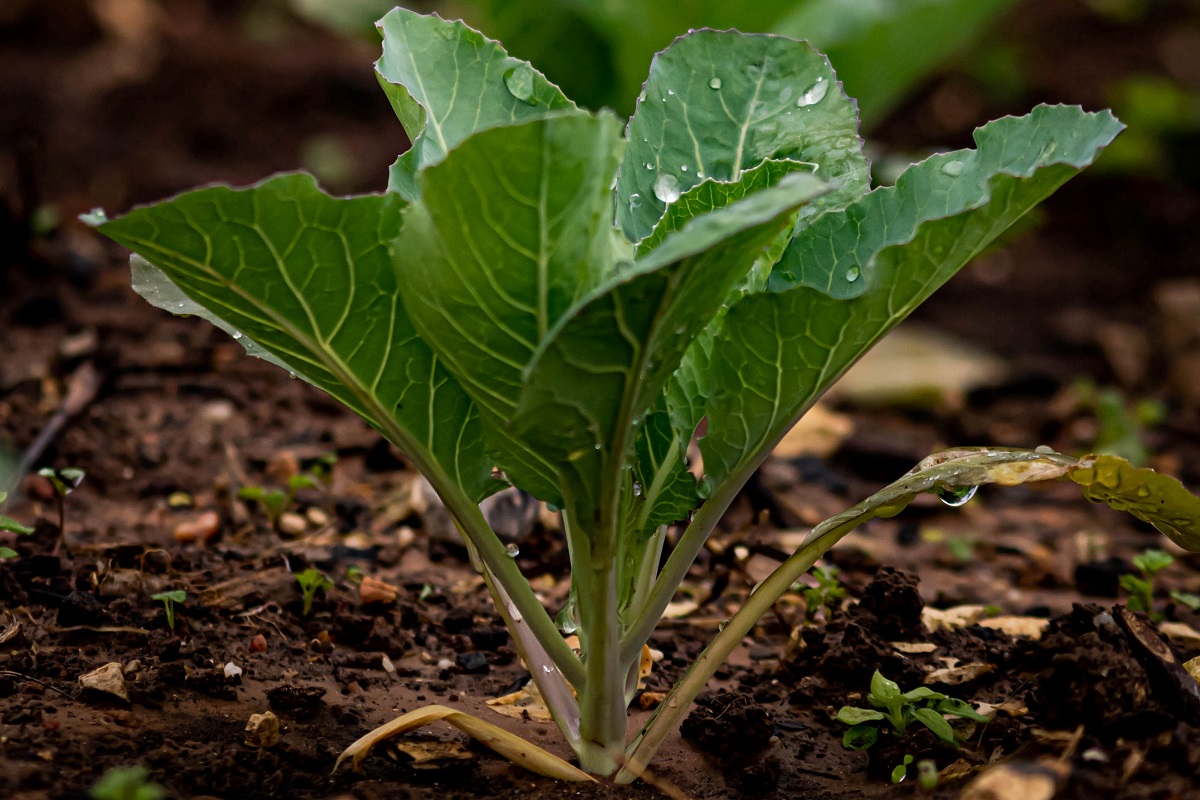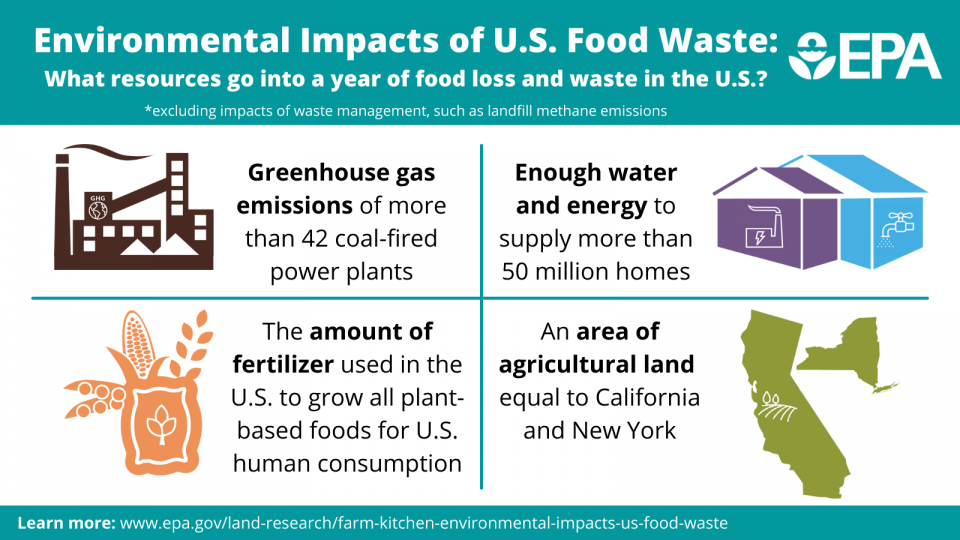
Treatment plants can effectively remove microplastics and per- and polyfluoroalkyl substances (PFAS) from wastewater before they’re discharged to lakes and rivers, but large amounts of contaminants end up in solid waste, called biosolids, often used on agricultural fields as soil nutrients. By land applying this material, these contaminants then are re-released back into the environment.
In a recent study published in an Illinois Sustainable Technology Center report, John Scott, analytical chemist at ISTC in the University of Illinois, studied the fate of microplastics and PFAS as they moved from landfill leachate, or water that filters though the mound of trash, to wastewater treatment plants and beyond. As health concerns about PFAS in water continue to grow, Scott predicts that state and federal regulatory agencies will set rules limiting these contaminants in water.
“I expect regulations concerning PFAS will be coming soon, but the big question is that nobody knows where to set the limits because the toxicity of PFAS hasn’t been established yet,” Scott said.
To date, wastewater treatment plants are not required to monitor for PFAS and microplastics, so studies on these contaminants provide a better understanding of their major sources and how they can end up in the environment.
Eighty percent of plastics are destined for landfills. Among the castaways are food packaging, furniture, clothing, and other textiles that shed microplastics and PFAS contaminants. Scott noted that while all samples contained both microplastics and PFAS, PFAS concentrations in landfill leachate were found to be much greater than in wastewater influent.
After wastewater treatment, the highest levels of microplastics and PFAS were in the biosolids, of which 50% are applied back to the land. If farmers stop using biosolids in fields due to regulatory and liability issues, the only option is to send them to landfills where the cycle from landfill to wastewater treatment plant will continue.
“Once in landfills, the stuff moves into the leachate, which is headed back to the wastewater treatment plant,” Scott said. “We’re just moving them from one environmental compartment to the next without addressing the problem. We never get rid of them; we’re just shifting them back and forth.”
To manage this problem, which is increasing over time because plastics and PFAS take so long to break down, consumers have some responsibility, he said.
“People have the perception that when you throw something away and it goes to a landfill, then it’s gone forever, when it’s not,” Scott said. “A landfill is just a holding place, and actually, the contaminants will end up fugitive in our environment.”
If the use of PFAS is regulated, PFAS in raw sewage will decrease, but contamination in landfill leachate will continue to rise, Scott said. Similarly, as plastics are added to landfills, they breakdown to smaller sizes, increasing contamination levels in leachate. Over time, landfills will become an even more significant sources of these contaminants, as well as many others.
—–
Media Contact: John Scott, 217-333-8407, zhewang@illinois.edu


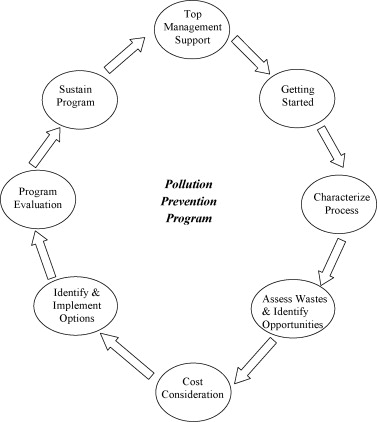
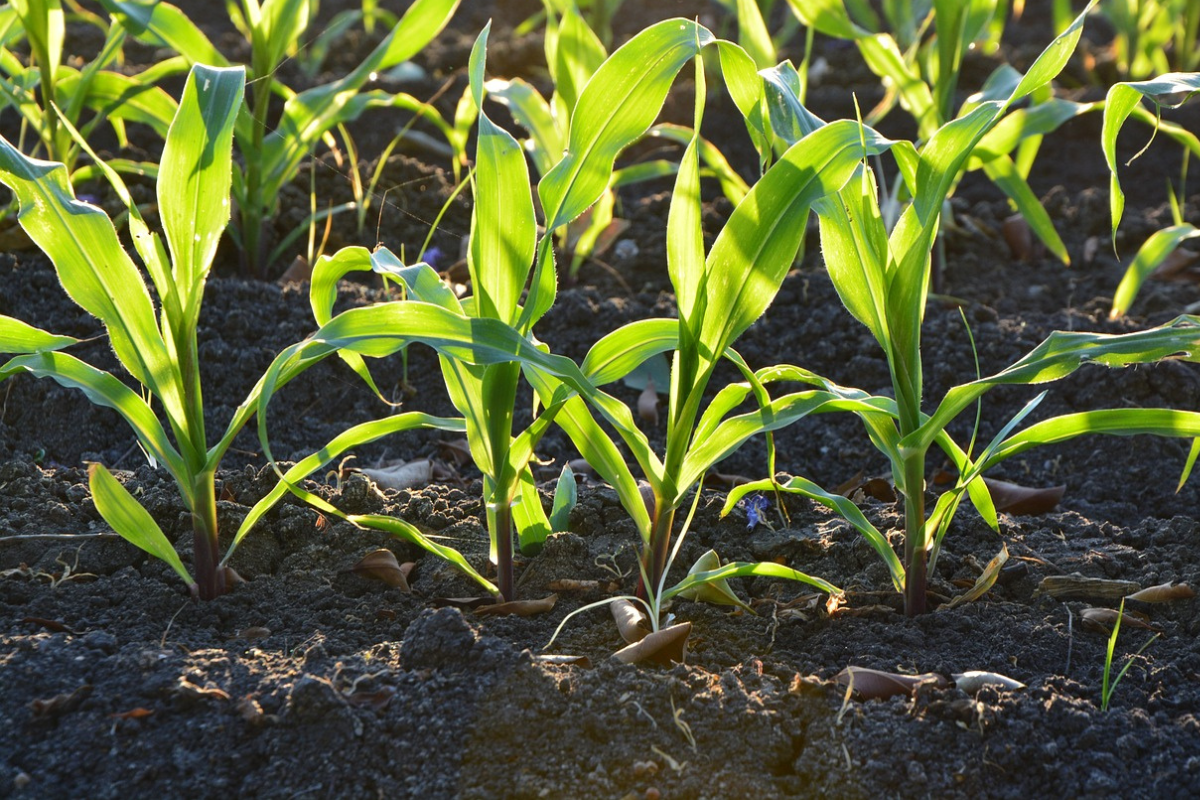
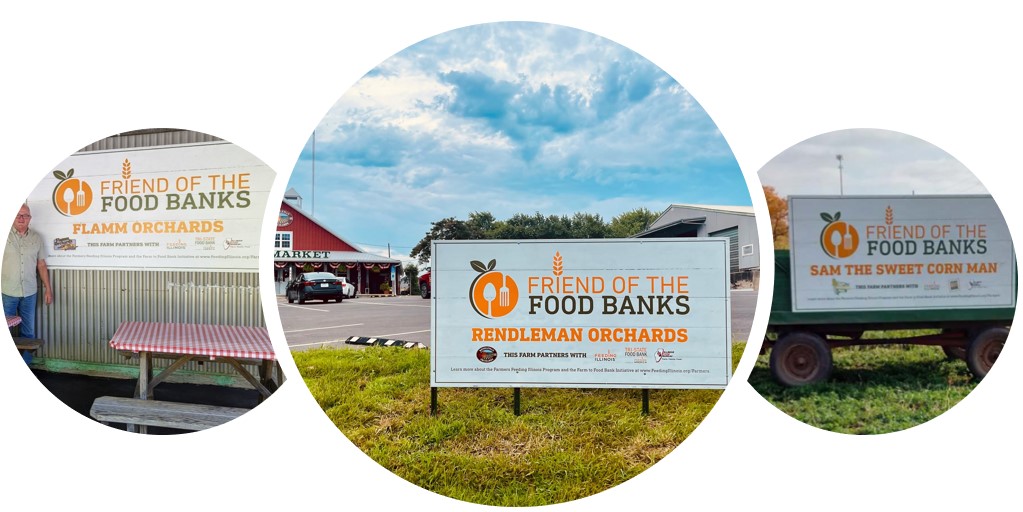
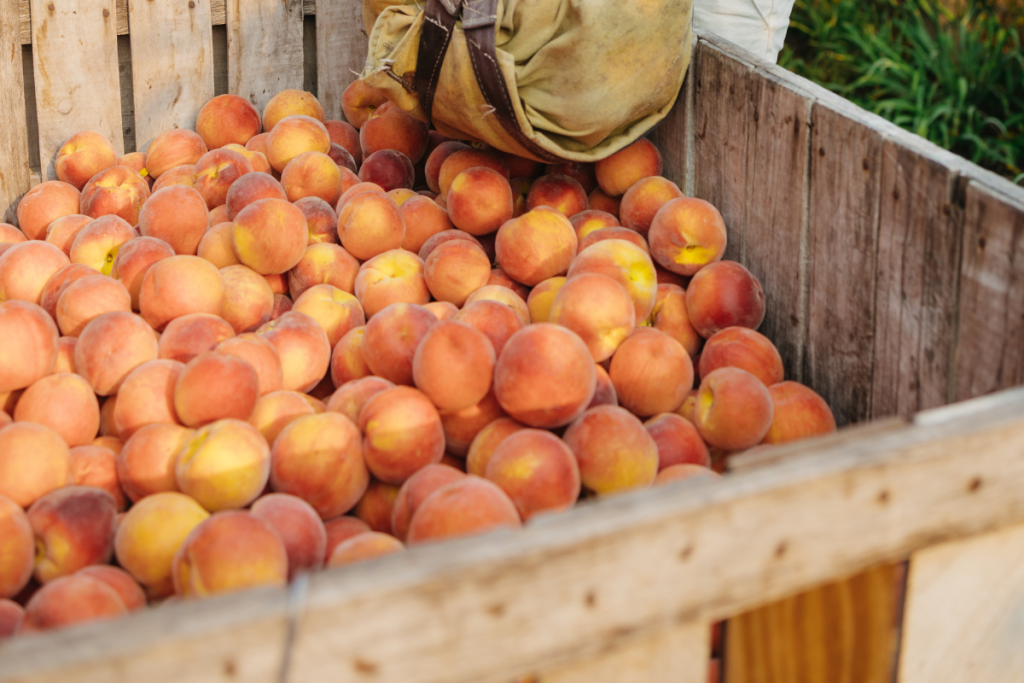
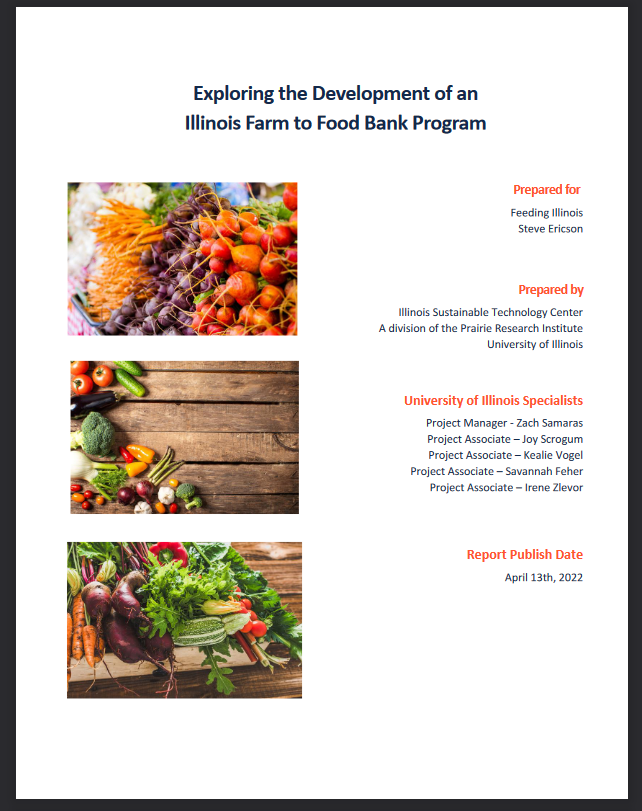
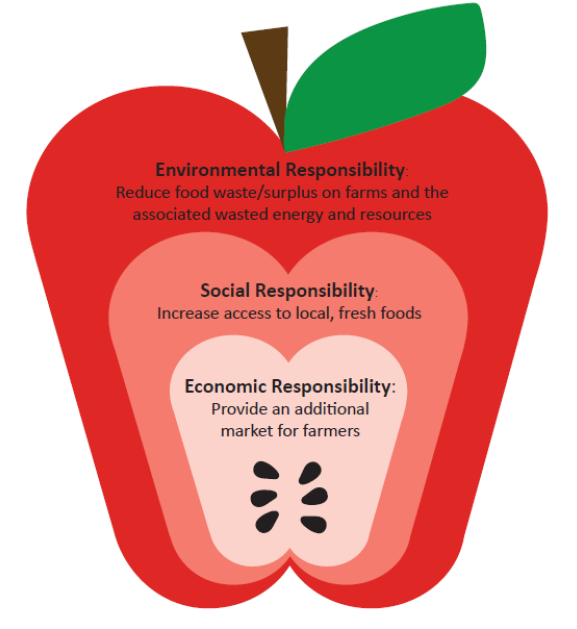 1. A Farm to Food Bank program should have three primary goals:
1. A Farm to Food Bank program should have three primary goals: